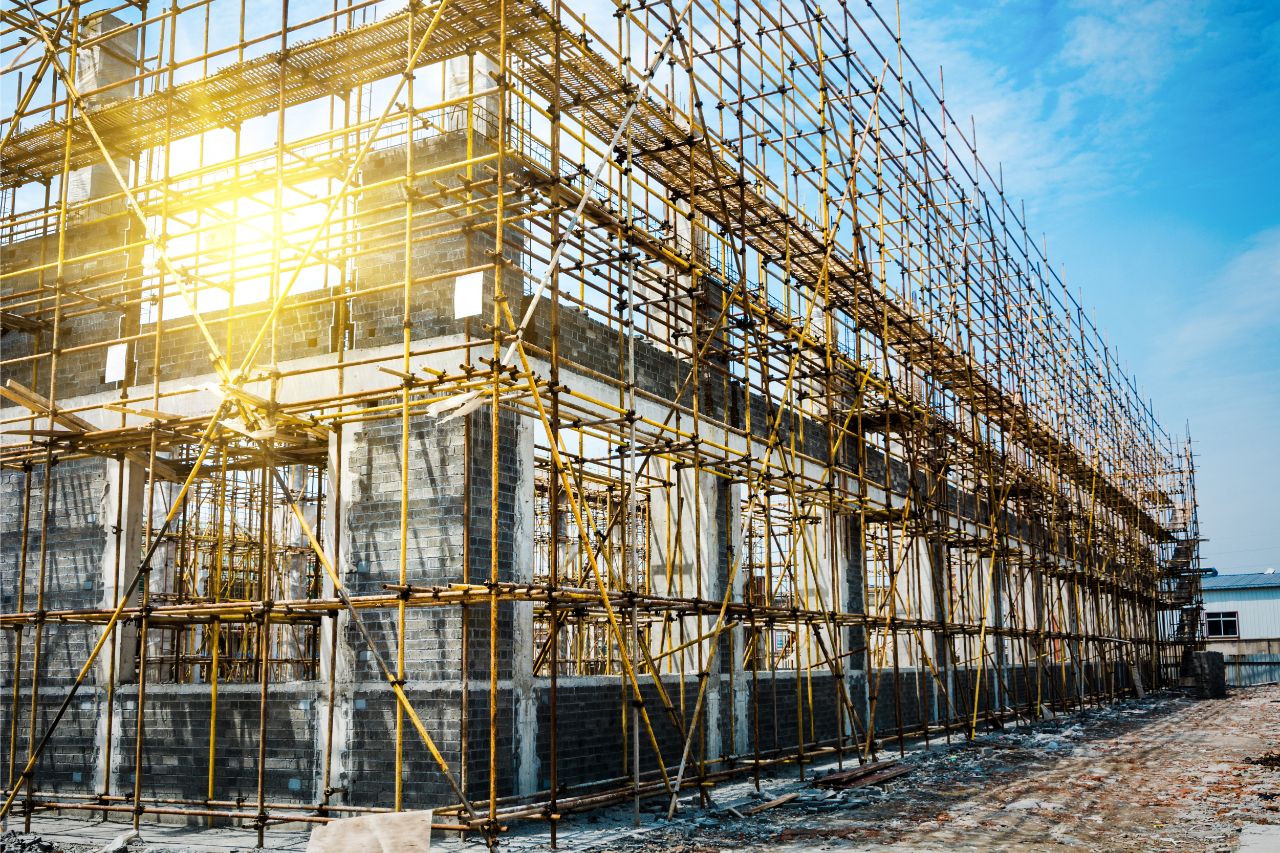
 May 24, 2021
May 24, 2021

Budget changes, inadequate materials, delayed progress — all of these are a nightmare to deal with in any construction site. Going off schedule can take up limited resources and may lead to unwanted cost outcomes. For this reason, any construction project will benefit from a solid plan that lays the groundwork and allows people to work more efficiently. Several tips to improve construction site efficiency cover the basics — from improving communication and setting safety rules in place. Despite this, they’re often brushed over in any construction project, which further results in unfinished work and unmet expectations.
To ensure that problems are kept at a minimum and the project is on track, efficiency should be maximized. Everyone involved in a construction project team should be constantly reminded of the importance of doing things more efficiently. Below are some tips to consider. Read on to learn more.
Lack of communication in a construction project can be one of the top contributors to poor productivity and loss in efficiency. When not everyone is on the same page about timelines and deliverables, this can cause confusion and will lead to mistakes that can be costly to remediate.
With this in mind, it’s crucial that project management teams emphasize the importance of real-time communication. Messages should be delivered in the clearest and most in-depth way possible in order to avoid making assumptions that could result in failure for one aspect of the project.
For example, in the project there should be a clear chain of command for people to follow. This is usually outlined in the contract and sets the directives regarding communication between the owner and the contractor. In this case, architects/designers will report to the consultants, while the contractor might coordinate with other subcontractors and suppliers.
Aside from this, there should be an established platform for communication. On-site, communication may be in the form of hand gestures, drawings, or signs, while in meetings this may be performed through presentations or reports.

Construction sites are riddled with hazards in almost every corner, which is why no project is complete without its own specific set of safety rules. Safety protocols are implemented for the purposes of protecting workers and making sure there are no unnecessary accidents that take place on-site.
In strategic locations, there should be markers or signs indicating workers to ensure they’re wearing the personal protective equipment (PPE). Another tip is to ensure that every worker has been briefed about any potential health and safety hazards. This can be done through an induction where workers will be informed on where they will sign in, where they’ll go, what they’ll do, and what they should avoid.
With safety rules in place, you can expect your site productivity to boost in no time at all. Not only are workers protected from accidents, but they’ll also be able to perform their job without any impediments.
Unless you’re directly involved with manual labor in your construction project, you have to constantly be able to listen to those on the field. Most project owners may make the mistake of ignoring what the personnel say, but in the long run, heeding to their calls and requests will make your project more seamless and efficient.
If anything goes wrong on the site, make sure that the workers know who they should address the problem to. Aside from this, they may also say something about improving working conditions — listen to these and ensure that you find a balance when it comes to accommodating and fulfilling their requests.
For example, there may be some hidden gaps in the design of your building. An experienced employee will be able to identify such gaps and provide a solution to them even before you begin breaking ground on the project.

Another way to keep your construction site efficient is by setting up a traffic management plan. In this way, everyone working on the project understands the flow of traffic and where things should go. There will be minimal confusion regarding proper storage of construction equipment, reception of building materials, or simple navigation.
An organized site traffic is dependent on a well-designed and well thought-out plan. Project managers will usually be able to perform this, while a general contractor may also be consulted for determining the most efficient site layout.
On the actual site itself, it’s also helpful that workers are able to receive proper audio or visual aid to help them maneuver and travel on the ground with ease. When this is practiced consistently, you can keep the construction area as organized as possible without drawbacks on cost and time.
Discussed in this guide are just some of the tips to improve construction site efficiency. Keep in mind that whether you’re a project manager or simply the owner, these efficiency tips play a critical role in keeping everything running smoothly.
From investing in real-time communication tools and setting up property safety tips and traffic plans, it’s certainly possible to transform any construction area into a more efficient working environment.